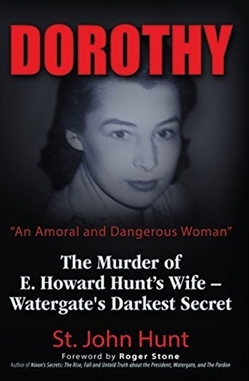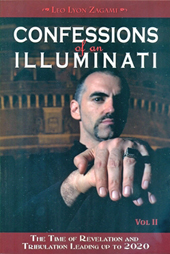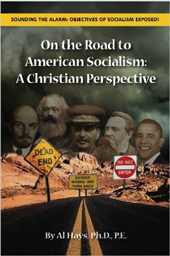Description
Contains new facts concerning Nixon, Watergate, and the death of Dorothy Hunt, wife of E. Howard Hunt
Dorothy Hunt, “An Amoral and Dangerous Woman” tells the life story of ex-CIA agent Dorothy Hunt, who married Watergate mastermind and confessed contributor to the assassination of JFK.
The book chronicles her rise in the intelligence field after World War II, as well as her experiences in Shanghai, Calcutta, Mexico, and Washington, DC.
It reveals her war with President Nixon and asserts that she was killed by the CIA in the crash of Flight 553.
Written by the only person who was privy to the behind-the-scenes details of the Hunt family during Watergate, this book sheds light on a dark secret of the scandal.
For even more details surrounding this incredible story, listen to Saint John Hunt talk about his book on the Opperman Report by clicking below:
You can also click on the “Contents” tab above to read excerpts from chapters 1 and 2 of Dorothy.






